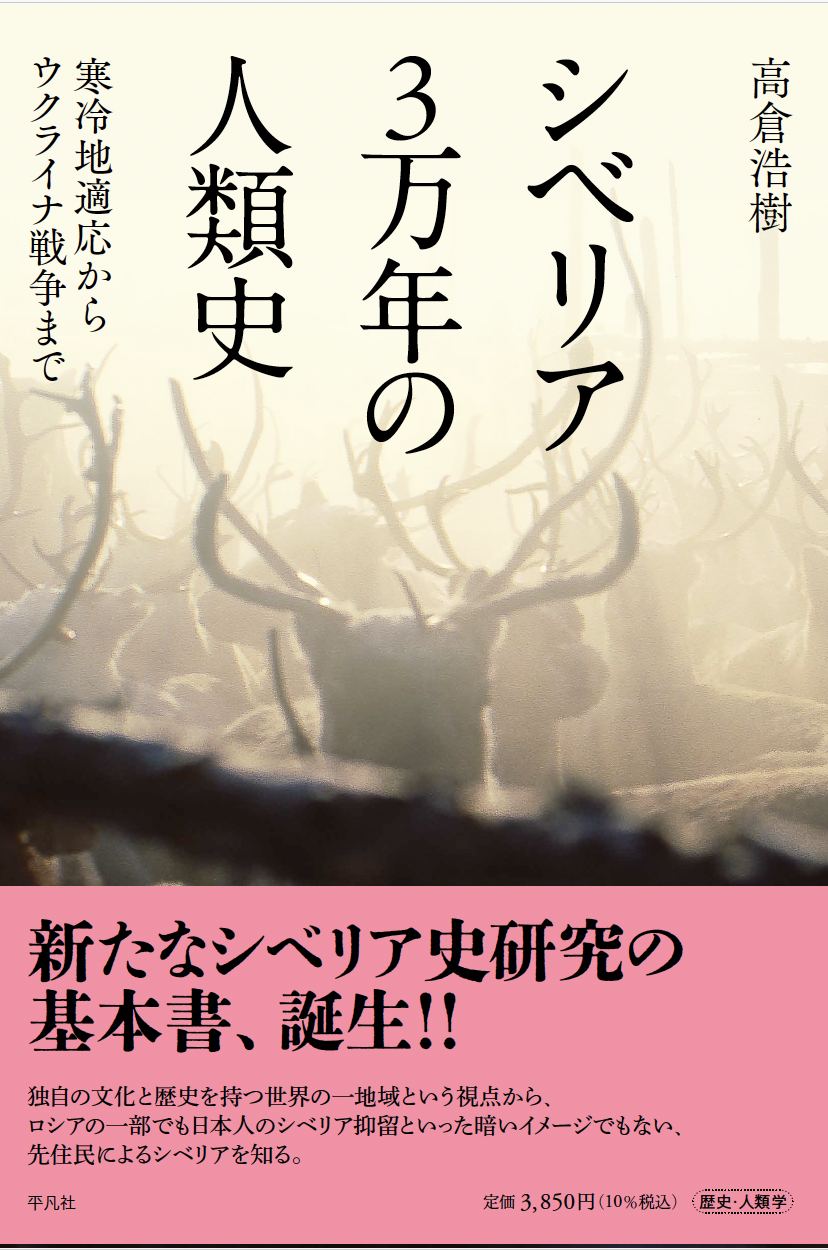
Hiroki Takakura
This book provides a concise understanding of Siberia’s history, languages, peoples and modern times. It covers the history of humanity related to the advance of Homo Sapiens into Siberia, ancient cultures related to East Asia and Central Asia, scenarios of ethnic migration based on archaeology and historical linguistics, the indigenous culture of hunting, fishing and reindeer herding, the religions and worldview, the impact of Russian colonization since the 17th century, modern globalization, climate change, and the Russo-Ukrainian War. The reason for the title of this book, ‘30,000 Years of Human History in Siberia’, is that Siberia, like Africa, Europe, India, East Asia, Oceania, and the Amazon, has formed as a unique region, and I believe it can be a unique field of Area Studies.
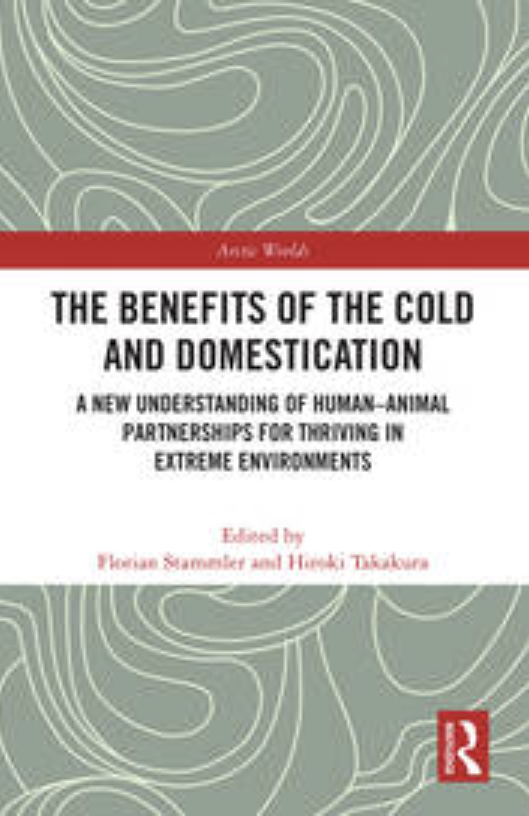
Florian Stammler, Hiroki Takakura
How did human life become possible in extreme environments? This is only explainable by understanding the domestication of animals. In this edited volume, the leading scholars of Arctic domestication from anthropology and genetics present new evidence for rethinking the previously argued dichotomy of trust vs domination for characterizing human-animal relationship. Chapters in this volume show how domestication is a continuous mutually beneficial human-animal relation of becoming familiar with each other and the surrounding environment. This leads to a symbiotic partnership of multiple agents for adapting to changes including a warming climate in cold environments.
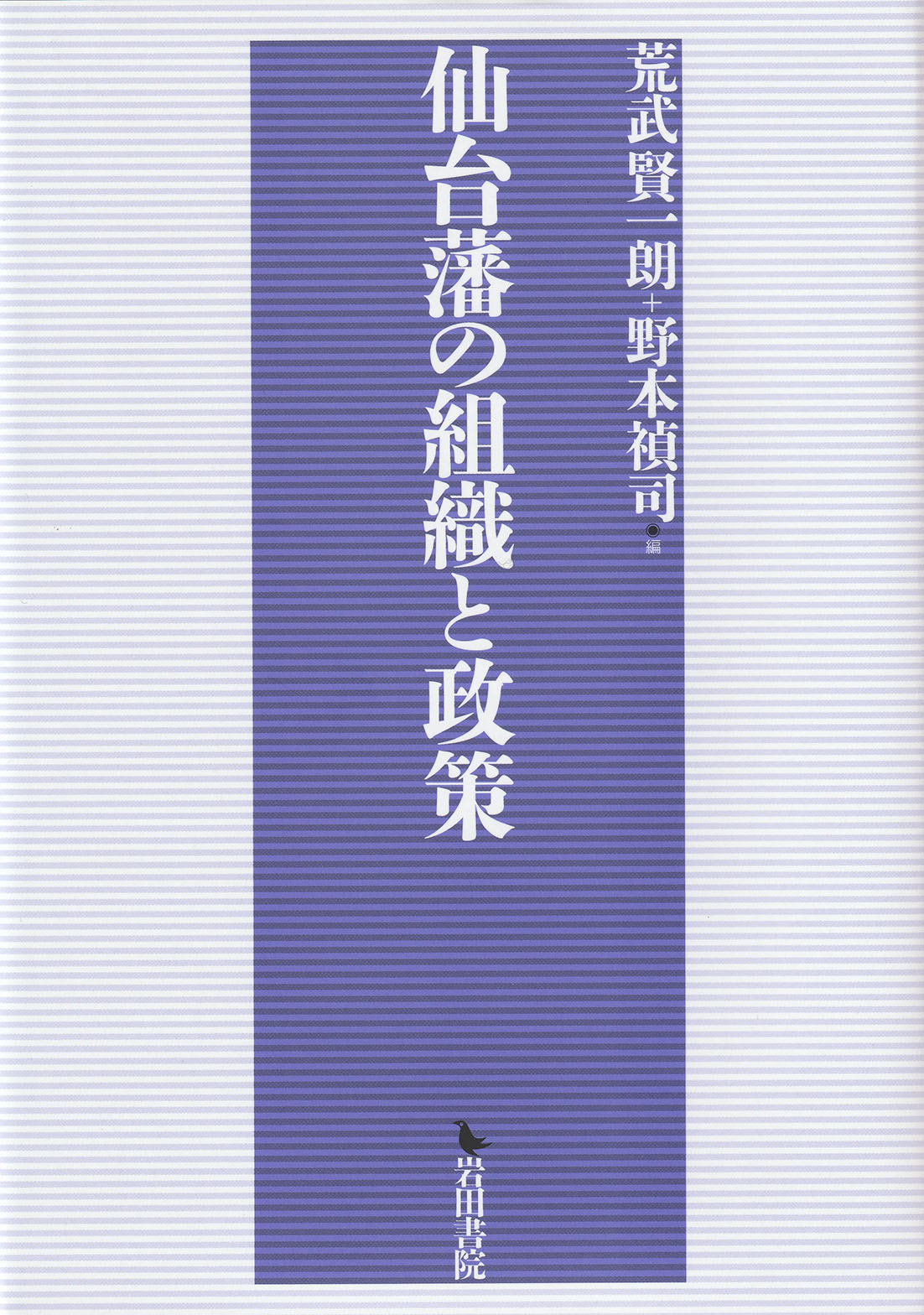
Kenichiro Aratake, Teiji Nomoto
This book analyzes Sendai domain in the Edo period, and is discussing the details of samurai society. It is the important vassals of Sendai domain who are examined in detail in the first half of this book. And they are the contents of forestry management or the local administrative organ the second half. The present Japanese history research studied early modern "Daimyo" and "Han" detailedly, and aims at synthesis. While this book unites with such a result, the possibility of new regional history research is shown.
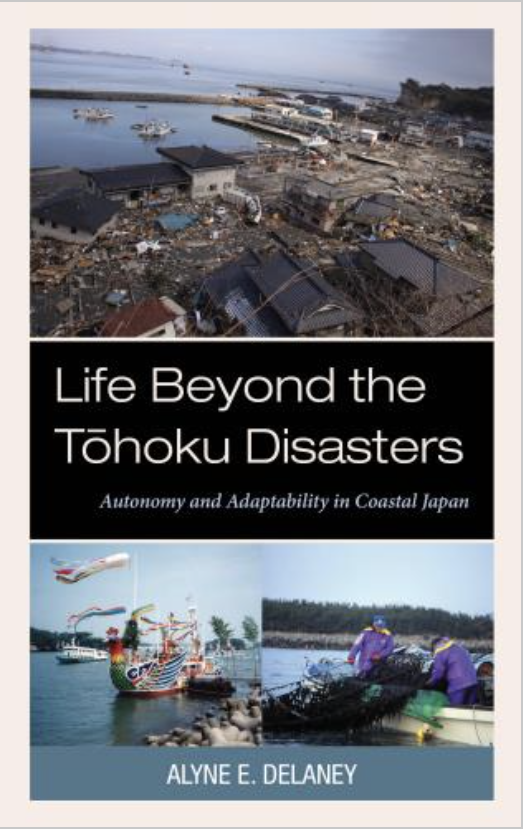
Alyne Delaney
In her monograph, Dr. Delaney combines more than 20 years of fieldwork experiences in coastal Miyagi (Japan) to contextualize local people’s culture and livelihoods while laying out key impacts of disaster reconstruction policies on local society, illustrating the importance of people’s attachment to their places and seascapes, their connections with one another and shared traditions, and their sea-connected working ways of life. The book will be of interest to scholars and policymakers working in coastal communities, Japan studies, disaster studies, maritime studies and fields including anthropology, geography, sociology, and cultural heritage.
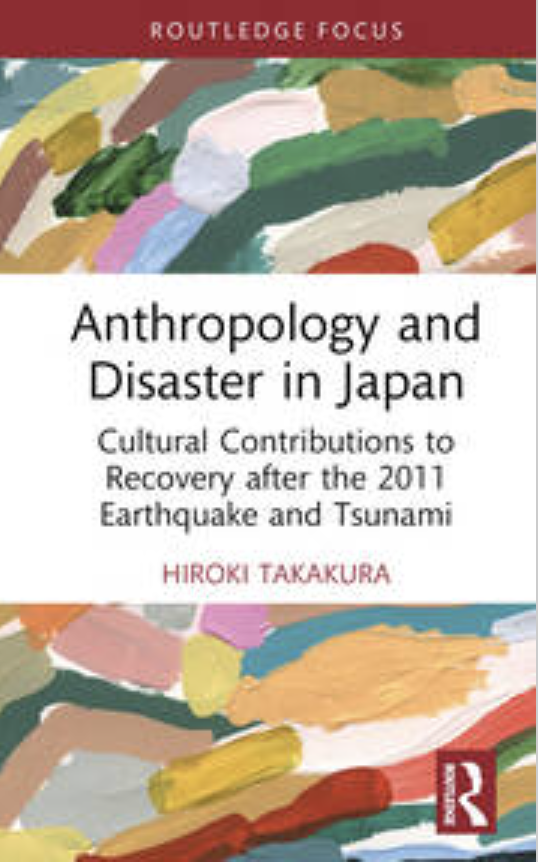
Cultural Contributions to Recovery after the 2011 Earthquake and Tsunami
TAKAKURA Hiroki
This book focuses on the 3.11 disaster in Japan, involving a powerful earthquake and tsunami, from an anthropological perspective. It critically reflects on the challenges of conducting anthropological research when encountering disaster at home and the position of social scientist as sufferer. Emphasizing the role of culture in disaster mitigation, the book offers theoretical consideration of the role of cultural heritage in risk management, in line with recent trends in international policy on disaster risk reduction. Taking an approach “with the people in,” the author explores how culture features in disaster recovery at community level and considers implications for policy. The chapters explore the response and adaptation by local cultural practitioners and performing arts groups as well as farmers and fishers. Japanese farming and fishing are presented as an innovative and dynamic part of the recovery process. The book will be of interest to scholars and policymakers working in disaster studies, Japan studies, and fields including anthropology, geography, sociology, and heritage management.

LEE Sunhee, TAKAKURA Hiroki
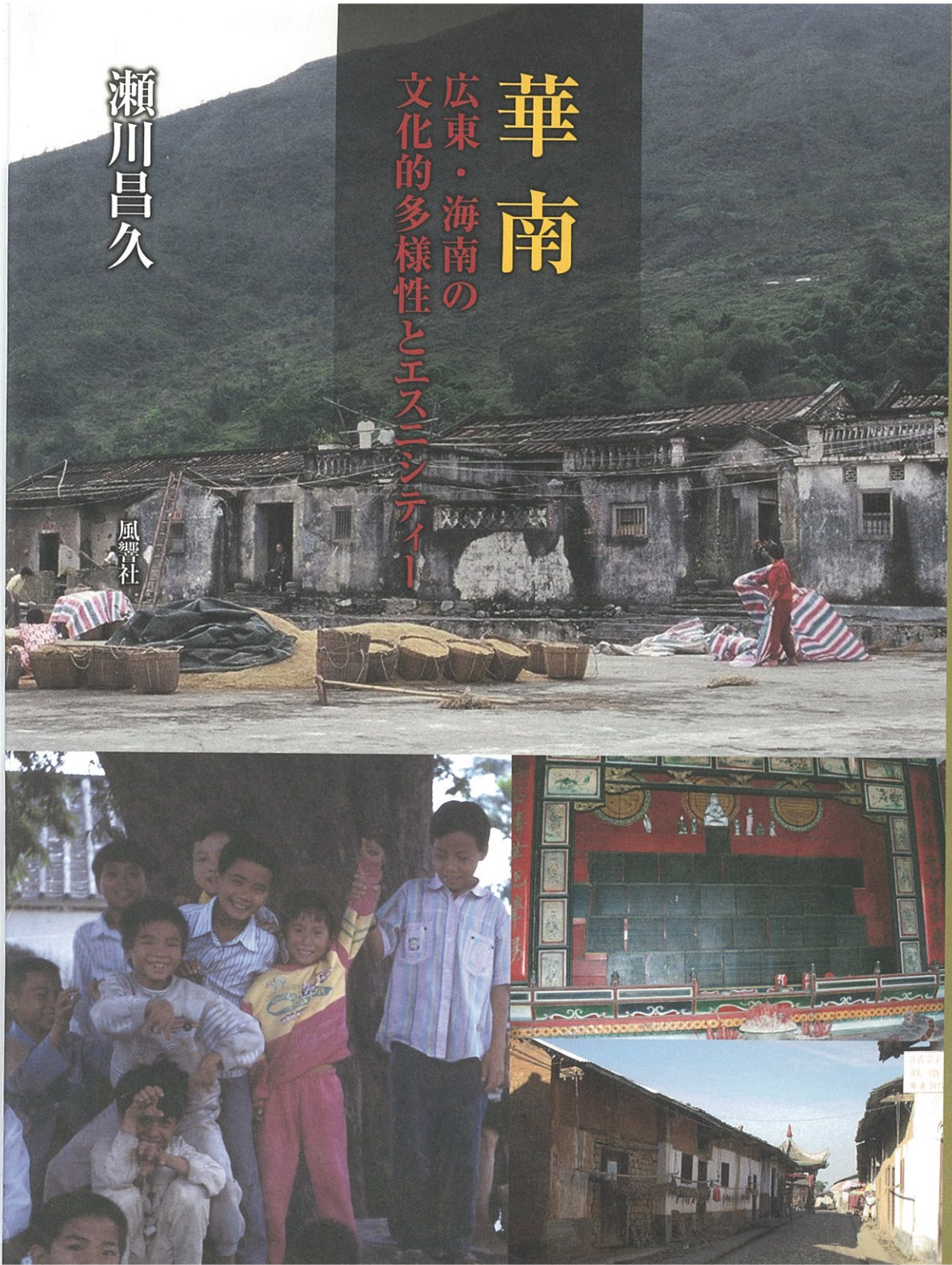
SEGAWA Masahisa
This book consists of articles on cultural and social traits of various ethnic groups in Guangdong and Hainan Provinces written by the author as a results of fieldworks carried out through his thirty years’ academic career. It shows that this area is characterized by a patchwork like jumble of various cultural groups including many different dialect groups of Han Chinese, as well as some non-Han ethnic minorities. The author demonstrates that such a cultural diversity of this area led to the maintenance of social boundary between various minor local groups, and therefore this area is an ideal place for cultural anthropologists to observe how ethnic identity emerges from and is maintained by such cultural differences.
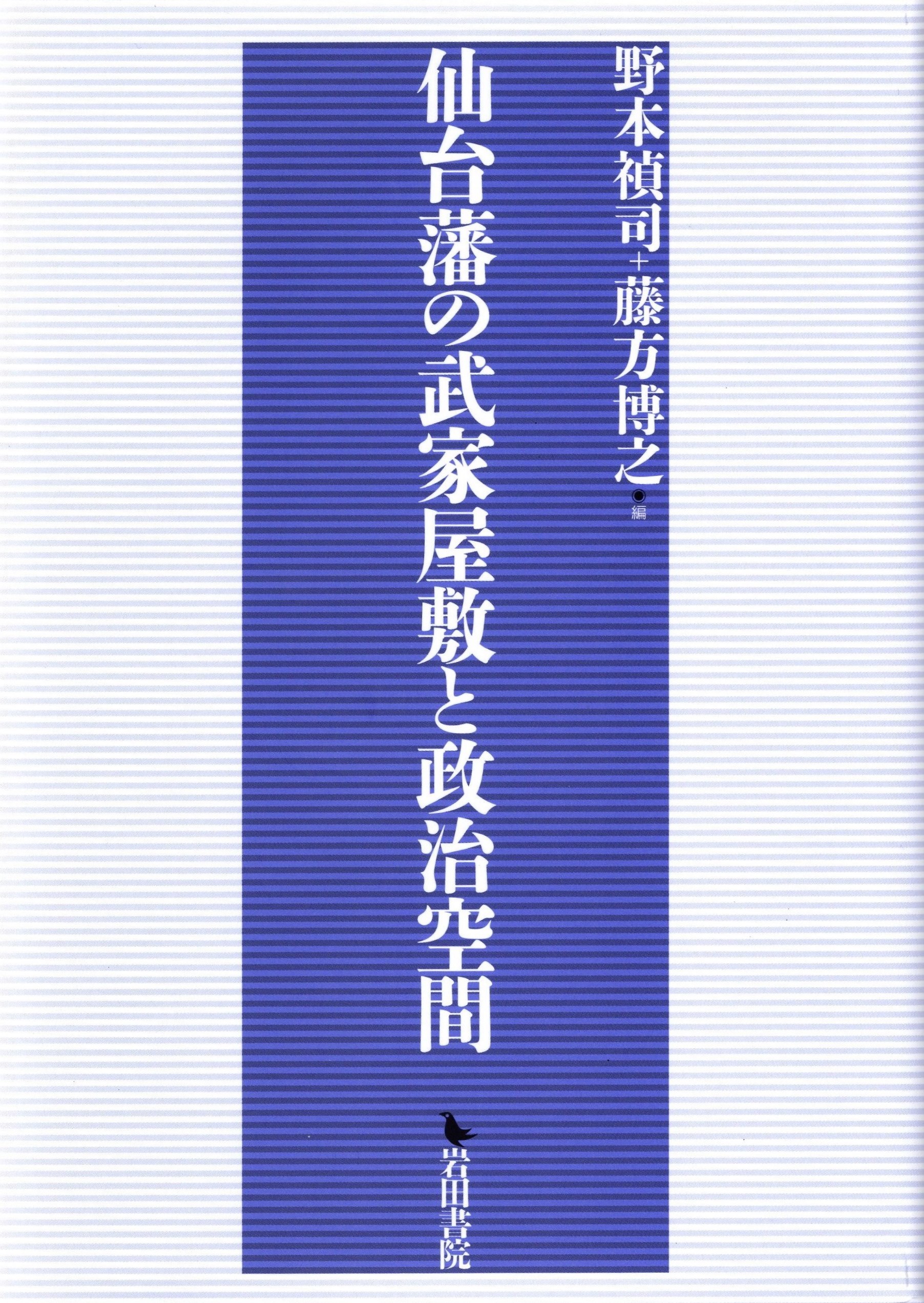
NOMOTO Teiji, FUJIKATA Hiroyuki
The Sendai Domain was the daimyo family that owned the largest territory in the Tohoku region. This book focuses on the residences of the samurai, the ruling class of the time, within that domain and clarifies how they were actually used. The book is comprised of a total of ten papers in two parts, including the results of research into the political history of the Sendai territory. Part 1, "The Actual Use of Samurai Residences around Sendai Castle," was the result of a new joint research project between literary historians and archaeologists. Part 2, "Political Space and Houses in the Sendai Domain," carefully examines Edo period samurai "houses" and their members (daimyo, official posts, samurai, women, and house members) from the perspective of clarifying the mechanisms of rule. This book aims to provide the latest research on early modern Japanese history by focusing on the concept of “political space” and using samurai residences as a starting point to challenge new historical analyses.
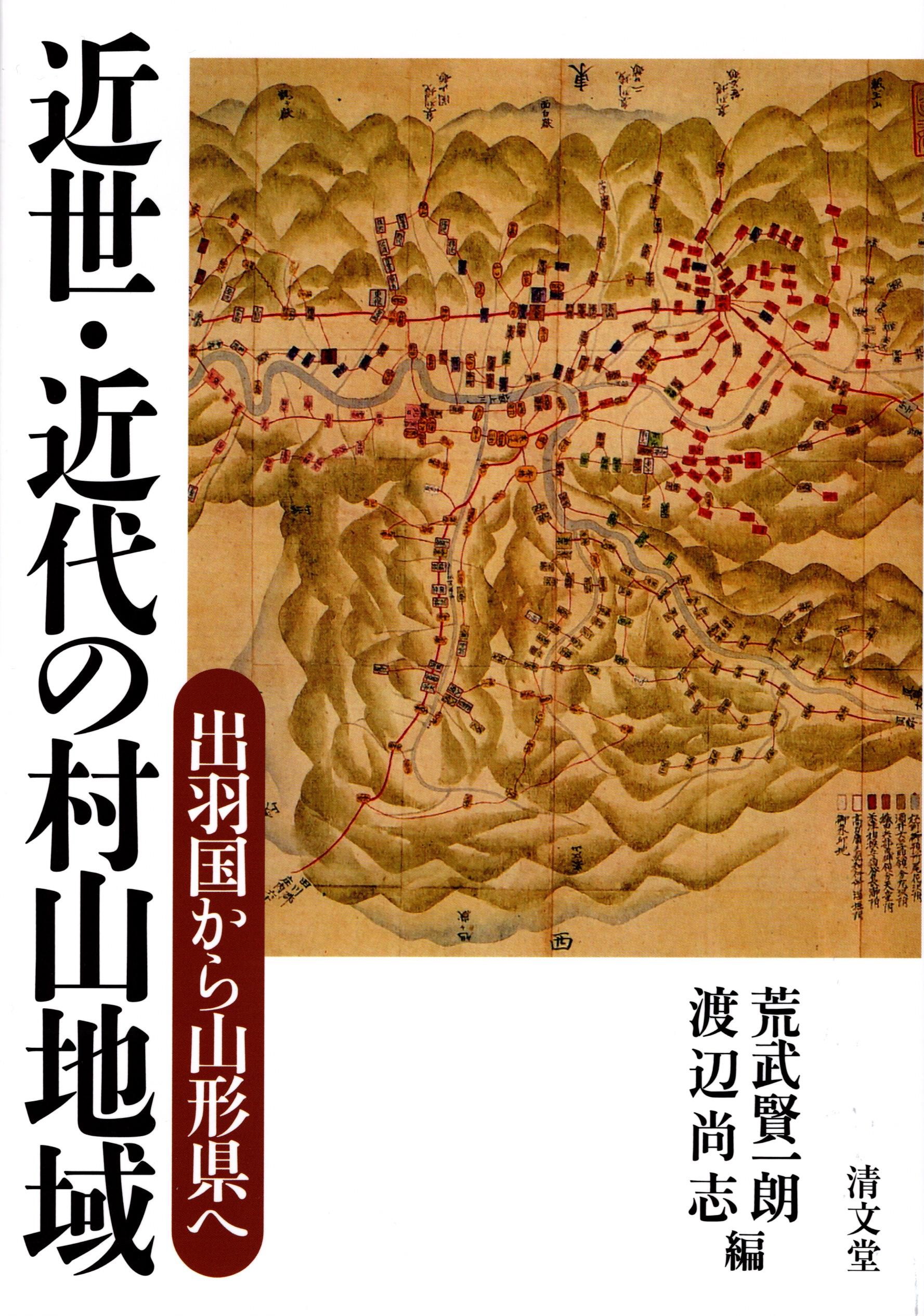
ARATAKE Kenichiro, WATANABE Takashi
This book mainly consists of six chapters that reveal the realities of administrative structures and regional management in Murayama County, Dewa Province (present-day Yamagata Prefecture) in the 18th and 19th centuries. In Murayama County, local history was actively studied before World War II, and since the 1950s, research on ancient documents has progressed dramatically, with the publication of many important essays on the history of pre-modern Japan. In addition to the editors, the authors Naoki Miyata, Hiroyuki Fujikata, Kazuo Takehara, and Hagemu Yamanouchi, all of whom are well versed in the study of the history of Dewa Province and Yamagata Prefecture, have revealed new historical facts through the results of their research on previously unknown historical materials, while referring to the considerable prior research. The chapters contribute to the discovery of new historical facts by focusing on subjects such as the system of control in the territories of the Shogunate and the Yonezawa and Sakura clans, specific consideration of lawsuits over mountains and forests, the history of document management in villages, and regional politics during the period of the Shogunate and the Meiji Restoration around the establishment of Yamagata Prefecture. These are up-to-date research results in the history of the Japanese archipelago. I urge everyone to read this book.

SEGAWA Masahisa
The purpose of this book is to trace family life in pre-modern China and understand underlying kinship values through a thorough analysis of a genealogical book detailing the lineage of a family in the New Territories of Hong Kong. Although the author has been hitherto engaged in the anthropological study of contemporary China mainly through field observations, in this work I have tried to trace past social conditions based on the analysis of written materials. It is a challenge to reconstruct the past status of family relations and underlying kinship values and norms in Chinese society solely through the data extracted from the genealogical books of a lineage.

NOMOTO Teiji
Hatamoto who played a central role as a direct vassal of Tokugawa Shogunate, how they were involved in both the bureaucracy and lordship, and how they existed as a feudal lord in the early modern Japan. By elucidating the feudal lordship and the retainer of Hatamoto, the research presents the society of Edo and surrounding villages, in which the chigyo-chi (fiefs) of Hatamoto existed widely. This book encourages the reconsidering of the historical positioning of Hatamoto in the early modern Japan.

KAWAGUCHI Yukihiro and HORIE Mio

Aratake Kenichiro, Nomoto Teiji, Fujikata Hiroyuki
This book contains detailed discussions of the people who lived at the time and is focused on the themes of samurai(warriors) and villages. It is based on contemporary Edo-period documents from the Tohoku region. The three editors are among the authors, including Norikazu Sato, Masaya Kanamori, Morikatsu Takahashi, Yoshitaka Takahashi, and Takashi Watanabe. The articles are focused primarily on the activities of samurai and peasants. They explore the relationship between Date Masamune and Toyotomi Hideyoshi, the daily lives of samurai, and the history of the management of forest resources and natural hot springs, and they provide analyses of the characteristics of these specific topics.

Hiroko NAITO and Vida Macikenaite
This volume explores the governing mechanism employed by the Chinese Communist Party (CCP) in the light of state capacity building. It is built on the premise that regime type notwithstanding, boosting state capacity and utilizing it in their political survival is of crucial concern for any political leader. Xi Jinping, who is no exception to this, has called for the necessity to expand state capacity while he aims to centralize the power under the party. This volume stands out as it offers a comprehensive view of Chinese party-state, especially under Xi Jinping.The research presented here is built on the analysis of authentic datasets and materials. It examines the CCP’s relations with various state organs in the Chinese political system, mainly, administrative organs, legislature (the people’s congresses), judicial branch (the people’s court system), as well as the military (the People’s Liberation Army) and state-owned enterprises. This volume attempts to bring China closer to the field of comparative politics making it a more comparable case.

TOMODA Masahiro (eds.)

TAKAKURA Hiroki and YAMAGUCHI Mutsu

Kyosuke Terayama

TAKAHASHI Yohichi

ASADA Masafumi

SAKURADA Ryoko, INAZAWA Tsutomu, MIURA Tetsuya
Led by Monica Janowski’s concept of close connection between daily eating-together practices and social relations, contributors of this book present some case studies in Southeast Asian societies as well as in East Asian and Oceanian societies from the cultural-anthropological point of view, and try to show a new perspective in the study of kinship and food. This is the result of corporate research projects conducted by the Center for Northeast Asian Studies from 2002 to2004.

TOMODA Masahiro
The Jiyuminken(自由民権) movement, reached the peak in 10’s in the Meiji era, extended to the Tohoku district. For this district, has been called “Shirakawa Ihoku Ichizan Hyakumon(白河以北一山百文, it means that they can buy a mountain by one hundred mon to the north of Shirakawa)” and despised as the inferior district after the Boshin War(戊辰戦争), the movement was a good chance to dispel the disparaging name. In this way, for this district it was the movement not only to look for a new structure of the state, but also to rehabilitate Tohoku. Thus activists gathered to unite under the name of Tohoku. But they always were opposed. And there were the people that were against the movement. In other words, the people of this district united by “Shirakawa Ihoku” and shouldered different “Shirakawa Ihoku”. This Book approaches real facts of the Jiyuminken movement of the Tohoku district from many other ways.

KAWAGUCHI Yukihiro and INAZAWA Tsutomu

Oikawa Takashi
Unlike the Japanese mainland, the core of the religious culture of the Ryukyu Islands (Amami and Okinawa) is folk faith. This book discusses the historical process through which these traditional beliefs, especially shamanism, community ritual and ancestor worship were recognized as “religion” in modern Japanese discourse. Because of the ideological connections between “religion” and “enlightenment” in modern Japan, in the Meiji era governments and intellectuals considered “ irreligion” as a political issue that was required to be solved. However, due to a change in the recognition of “religion” as a human universal in the Taisho era, folk faith began to be included among religions in order to utilize it for democracy and national identity. This change of discourse was reflected in the practice of the people, and generated social dynamics in the modern Japanese cultural border zone.

Aratake Kenichiro
How is the history image of the Northeast Japan formed? Based on abundant history data, we lived in this area, observed to learning and people that have worked, and clarified that actual condition. This book took up the example from the 17th century to the 20th century, used abundantly the undiscovered data which should also be called "treasure mountain", and aims at construction of a new history image. We presented history, an ideological background, etc. of a feudal lord, a samurai and an economic policy, commercial development, or a person in detail.

Aratake Kenichiro
We named the result of research "History of the Japanese Islands linked to the world." This does not confine the history analysis inside islands, and the history of exchange of Japan and other areas in "Japanese history." Therefore, we are arguing the historical fact of Japan in large area. Paying attention to the economy and diplomacy in Japan in the 17-20th century, we perform detailed consideration of still more nearly individual politics, society, and culture. Although it is research of the Japanese Islands, of course, this book is CNEAS Books series and investigates the relation between China of the same northeast Asian area, and Korea. There is meaning which clarified the "spot" for which people in those days negotiated in it.

Kyosuke Terayama
Xinjiang (Eastern Turkistan) dominantly populated by Muslim Uighurs and other miscellaneous peoples, situated far from central China had traditionally strong economic relationship with neighboring central Asian countries, Russia and Soviet Union. After the Manchurian Incident(1931) and the formation of “Manchukuo” next year, the influence of the Soviet Union, which has begun to worry about the possibilities of Japanese invasion into this region, has increased intensively and dispatched Red Army several times into Xinjiang in order to support pro-soviet local government against mutinies. Based on the Russian firsthand materials newly founded in several archives, this study illuminates the process and characteristics of this soviet involvement in Xinjiang inner politics from the beginning of 1930’s until the establishment of People’s Republic of China.

Katsuhiko Takizawa
Evangelical Christianity has rapidly grown in Mongolia where the social situation has dramatically changed since the collapse of about 70 years of socialist system. In this book I carefully analyzed this complicated phenomenon of "religion across borders" which occurred in the entanglement of multi-layered dimensions, and tries to give a new paradigm to grasp "religion" in the growing liquidity of modern society.

Kenichiro Aratake
In the present age on which we live, excrement is unnecessary and is an object of processing. However, in the early modern Japan, it was high "treasure" of commodity value. In this book, I analyzed in detail about the dealings of human waste currently performed by Osaka in the 17th century to the 19th century. It is estimated that the Edo period is recycle-societies by the latest environmental theory, and treatment of human waste is also described as the example. Having been much more important is that human waste was goods worthy for people. I am pleased if looking gets this book as a social history of formation which people accumulated.

TAKAKURA Hiroki ed.
Anthropology is a science of traveling. A researcher visits the field afar and then return home and narrates their experience. The traveling is never ending process. Anthropologist now returns to the field and explains their home to the people at field. This book is to uncover these processes and in which anthropologist organizes the exhibition for publishing their research result both at field and home. Exciting new type of outreach is shown from each author from field of Japan, Siberia, North America, and Southeast Asia.

SHIOTANI Masachika
In the first half of the 19th century, the productive forces of the Russian cotton industry grew to international levels. I examine the problem of why the Russian cotton industry developed in the first half of the 19th century. Viewing the production, distribution and consumption of cotton fabrics as a series in a cycle, I examine the production of cotton fabrics by entrepreneurs, the trade in cotton fabrics by merchants, and the utilization of cotton fabrics by consumers, on the basis of the available historical literature. I also take into consideration the relationship of man and nature from the perspective of cotton fabrics.

YAMAGUCHI Mikako
This book is based on anthropological paradigm known as Shizenshi, which is a systematic description of hunting system of Kaska North American indigenous people, as a theoretical framework to present and analyze the relationship between Kaska and animals as an activity system with ecological, cultural, social and religious aspects. Also focused on how human being adapted to the northern environment include the Northeast Asia, and how northern people development view of world known as “original oneness”. In addition, this book reported Kaska people is reproduced their society based on Traditional hunting also social and economic activity of modern society as a one of Canadian community.

KIM Hyeon-Jeong
This book analyzes the historical constructive process of “Hitachi-no- kuni Sōsyagū Taisai,”(literally “the main festival of the Hitachi-no-kuni Sōsya shrine”) or generally known as “Ishioka-no-omatsuri” which has been performed in Ishioka, Ibaraki prefecture and recursive practice as concern with the past and the claim of tradition hidden in various social practice and recognition of local people involved in the shrine festival in the historical context of Ishioka as a peripheral society, and empirically argues the local identity in contemporary Japan. It is noteworthy that the author tries to cope with the problem of constructionism perspective, even though it has its own significance and effectiveness as the antithesis of the essentialism perspective toward so-called tradition, which is caused by the fact that the field-centered study need to interact closely with local people and offers a valuable historical description which the field-centered ethnographic research can overlook.

KAWAGUCHI Yukihiro and SEGAWA Masahisa
Based on intensive field research, authors try to describe the latest status of religious beliefs and practices in China, including the established religions such as Taoism, Buddhism, Christianity, and Islam, as well as the newly emerged religious movements and traditional folk religion. All of them have been under the strong control of communist government and at the same time now are under the encounter with a rapidly changing social condition of contemporary China. This is a very challenging study for its efforts to understand today’s Chinese ociety not only through its politico-economical phenomena but also from the depth of cultural and religious dimension.

TAKAKURA Hiroki
This book expands the ethnographic description of the horse-cattle pastoralists Sakha in Eastern Siberia and its cultural ecology. Following the collapse of the Soviet Union, the global economy directly influenced Sakha society in various ways and for various reasons. An approach which integrates both the short-term perspective from my own field of ethnography and a long-term cultural historical perspective offers fresh insights into these effects.

Masahisa Segawa
By reviewing Xiaotong Fei's vision on Chinese Nationalities, we extracted several important features of his concept 'minzu'. Then, based on fieldworks among Yao and She in Guangdong, Lee in Hainan, Zheyuanren in Guangxi, Dai in Yunnan, Hakka in Guangdong, Hainan, Fujian, and Guangxi, Hui in Nanjing, Dong and Miao in Guizhou, and Qiang in Sichuan, we made case studies on the historical process of minorities' articulation into the network of Han Chinese, the process of their integration into the modern nation state, and the changing pattern of inter-ethnic relation under the China's recent social condition, through which we have reached some understanding on the background, the academic value, and the limits of Fei's vision.